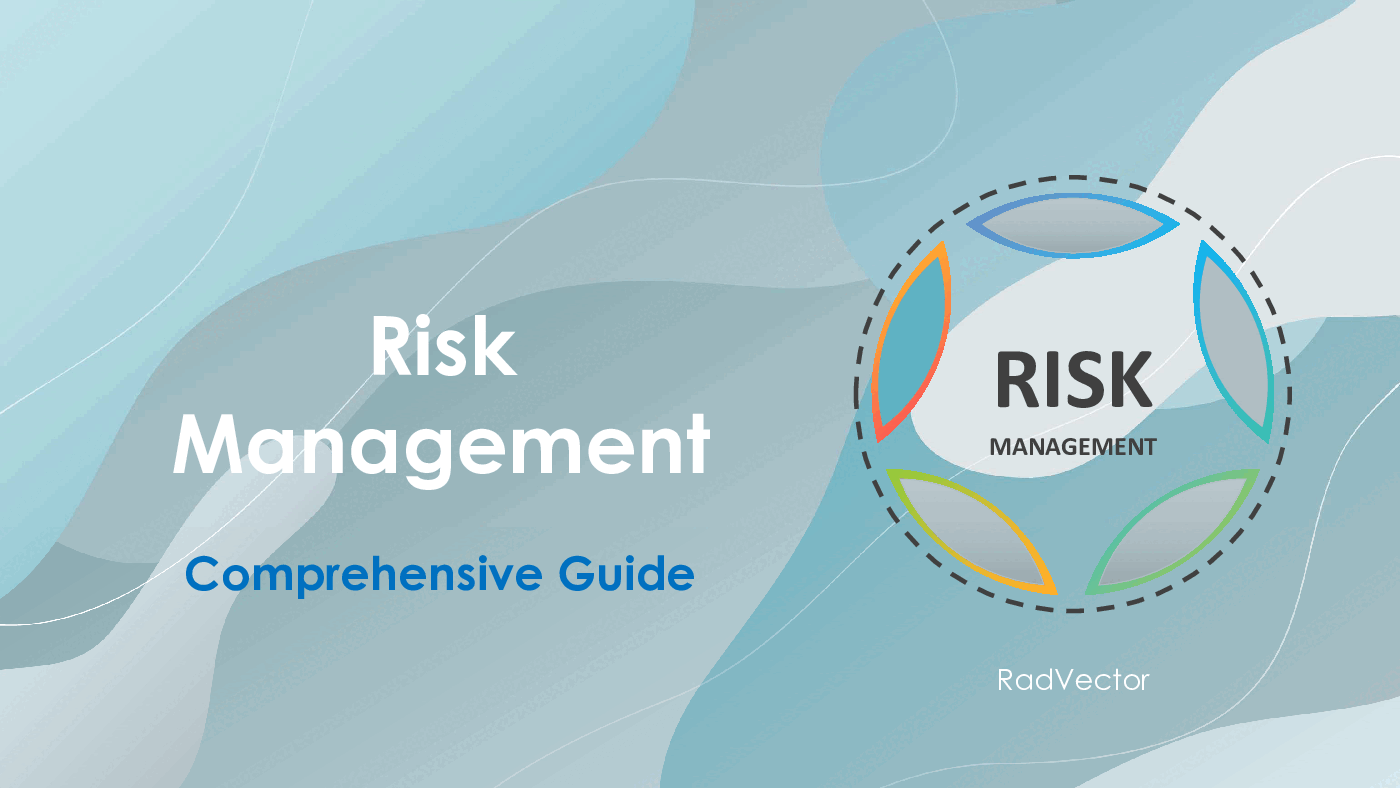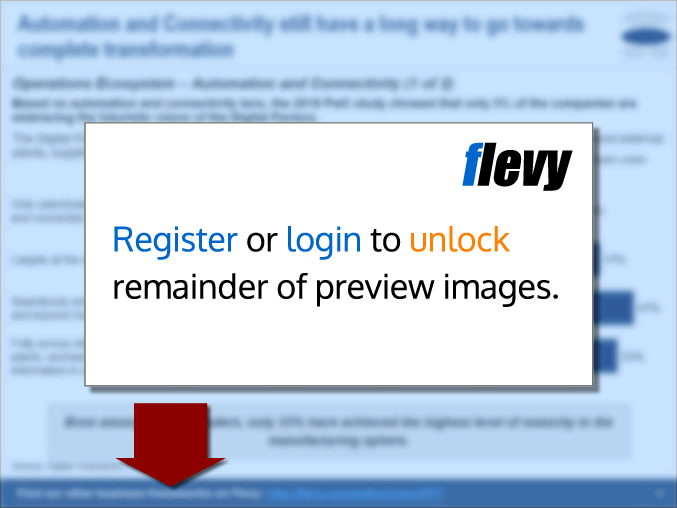Risk Management - Comprehensive Guide (PowerPoint PPTX Slide Deck)
PowerPoint (PPTX) 56 Slides
RISK MANAGEMENT PPT DESCRIPTION
Comprehensive Guide to Risk Management
Effective risk management is a cornerstone of organizational success, ensuring uncertainties are systematically identified, assessed, and addressed. This guide delves into essential aspects of risk management, providing a structured approach for managing risks across various domains.
Introduction
Risk management encompasses identifying, analyzing, and mitigating potential threats or opportunities that may impact objectives. A proactive approach fosters resilience and informed decision-making.
Types of Risk
Risks can be internal or external, categorized into operational, financial, strategic, or compliance risks, among others. Understanding these types helps in tailoring mitigation strategies.
Risk Categories
Categorizing risks simplifies prioritization and management. Examples include market, technical, safety, environmental, and reputational risks.
Risk Identification
Identifying risks involves brainstorming, historical data analysis, and consultation with subject matter experts. Early detection is crucial for timely action.
Stakeholder Engagement
Engaging stakeholders ensures a comprehensive understanding of risk impacts and fosters a collaborative approach to mitigation.
Risk Appetite and Tolerance
Risk appetite defines the level of risk an organization is willing to accept, while tolerance specifies limits for specific risks, guiding decision-making.
Risk Management Procedure
This iterative process includes risk planning, identification, assessment, monitoring, and tracking. It ensures a dynamic response to evolving risks.
Risk Planning
Developing a risk management plan outlines objectives, roles, responsibilities, and resources required to address risks effectively.
Risk Assessment
Assessing risks involves evaluating their impact and probability, employing tools like qualitative and quantitative analyses.
Risk Monitoring and Tracking
Regular monitoring ensures risks remain within tolerance levels, while tracking enables continuous oversight and adjustment.
Tools and Practices
Techniques such as SWOT analysis, root cause analysis, and scenario planning enhance risk identification and mitigation.
Impact & Probability Analysis
Mapping risks based on likelihood and consequences aids in prioritizing mitigation efforts.
Risk Mitigation Strategies
Strategies include avoidance, reduction, sharing, or acceptance, aligned with organizational goals and resources.
By integrating these components into an organization's framework, risk management transforms uncertainty into opportunity, ensuring sustainable growth and stability.
Got a question about the product? Email us at support@flevy.com or ask the author directly by using the "Ask the Author a Question" form. If you cannot view the preview above this document description, go here to view the large preview instead.
Source: Best Practices in Risk Management PowerPoint Slides: Risk Management - Comprehensive Guide PowerPoint (PPTX) Presentation Slide Deck, RadVector Consulting









